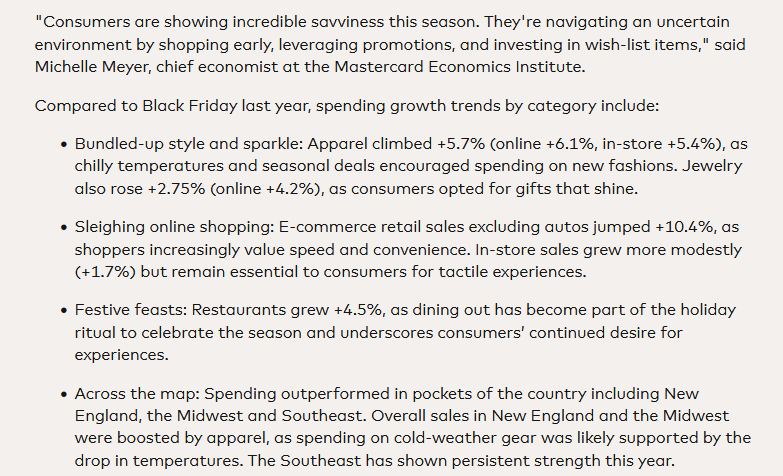07.09.2022 – At its meeting on 7 September 2022, the Federal Council adopted the report on the recording of the gender overall earnings gap and other indicators on gender-specific income differences. It provides new key figures for Switzerland and places them in relation to existing indicators. In addition, the report also offers interpretation aids to help place the results in an economic, social and institutional context.
Newly available data sources allow for a differentiated presentation of gender-specific income differences between women and men. This is the conclusion of the Federal Council report prepared in response to postulate 19.4132 by Samira Marti dated 25 September 2019.
High proportion of part-time work and high gender overall earnings gap
The report presents the gender overall earnings gap (GOEG) calculated for Switzerland for the first time using the extended Swiss method and key figures on the gender-specific income differences of the self-employed and on the gender pension gap. In European comparison, the gender gap in Switzerland is relatively large with regard to earnings and pensions. This is mainly due to the high proportion of women who work part-time.
In 2018 the GOEG for Switzerland was 43.2%. This means that women’s income, based on all hours worked over the working ages of 15 to 64, is 43.2% lower than that of men. The value of this indicator decreases over time.
Gender pension gap – major difference between 1st and 2nd pillar
The gender pension gap in Switzerland in 2020 was 34.6%. It shows the percentage difference in average pensions from old-age provision between women and men at retirement age. The total annual pension of women from all three pillars (CHF 35 840) was on average CHF 18 924 lower than that of men (CHF 54 764). This value has hardly changed since 2014. The gender pension gap reflects differences in labour market participation, the consequences of family or life models as well as gender wage inequality observed over a long period.
While women receive slightly higher pensions on average than men from the Old-Age and Survivors’ Insurance (OASI) (1st pillar), they are much less likely than men to draw pensions from the second pillar (49.7% compared with 70.6%). When they do, these are on average around 47% lower than those of men.
The differences by marital status show that the gender pension gap is most pronounced among married couples, which should be seen against the background that married couples usually form an economic unit and pool their incomes. A gender pension gap in favour of men can also be observed among divorced and widowed persons. In contrast, no difference can be identified for single people.
In future, these key figures will be regularly collected, calculated and published as time series data. In addition, the already established indicators on the wage gap and its unexplained share, as well as those related to unpaid work and its monetary valuation, complement the picture of the income differences between women and men.
Download press release: Federal Council adopts report on income differences between women and men
Tags: Featured,newsletter





































